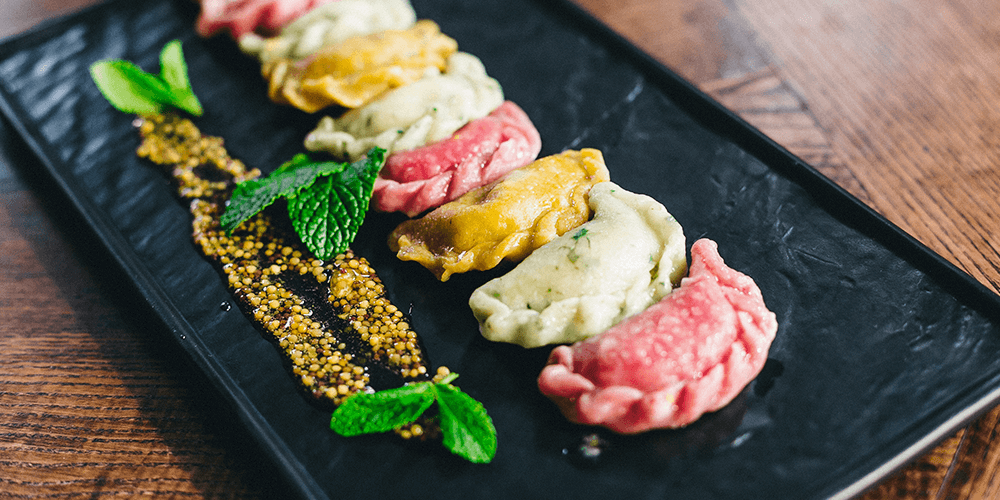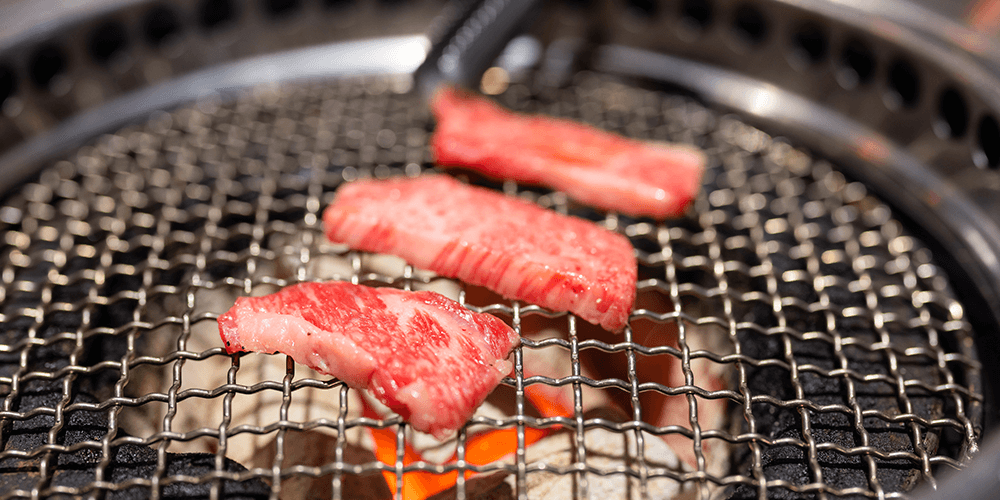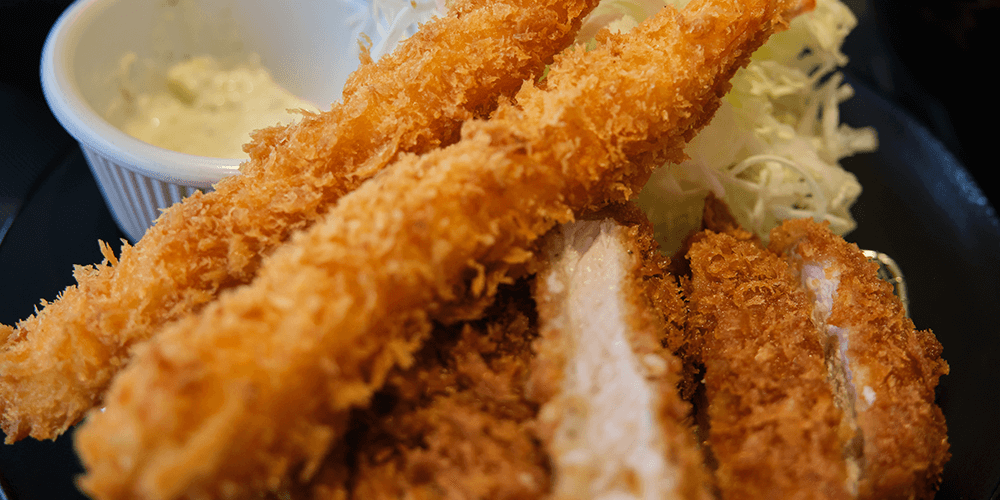Tokyo’s culinary landscape is as diverse as its neighborhoods, each offering a unique culinary experience that reflects its local traditions and flavors. In the historic district of Yanaka, visitors can wander through quaint alleyways lined with traditional izakayas and mom-and-pop eateries, where time seems to stand still.
In contrast, the glitzy district of Shibuya pulsates with energy, offering a kaleidoscope of dining options that cater to every taste and budget. Here, visitors can sample everything from trendy fusion cuisine to time-honored classics, amidst the neon-lit backdrop of Tokyo’s iconic Shibuya Crossing.
For those seeking a taste of old-world Tokyo charm, the neighborhood of Asakusa beckons with its labyrinthine streets and ancient temples. Here, visitors can sample traditional snacks like senbei rice crackers and ningyo-yaki sweets, while soaking in the rich tapestry of sights, sounds, and flavors that define this historic enclave.


